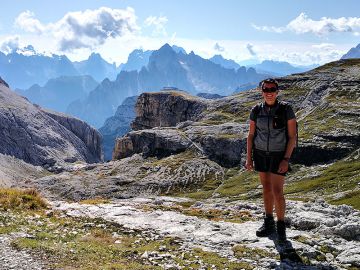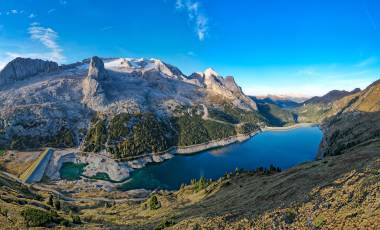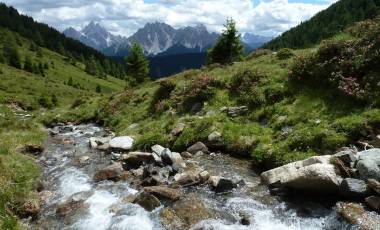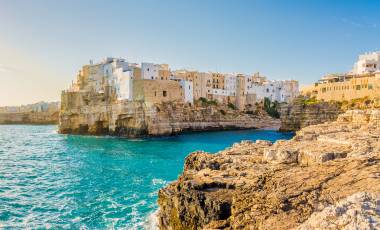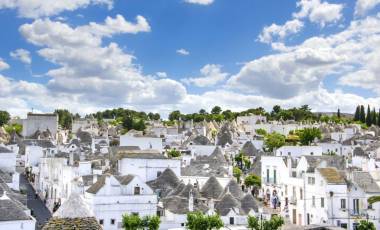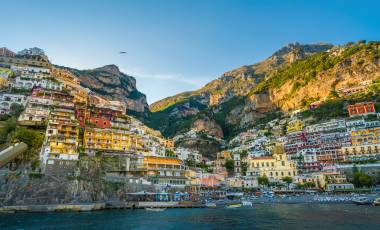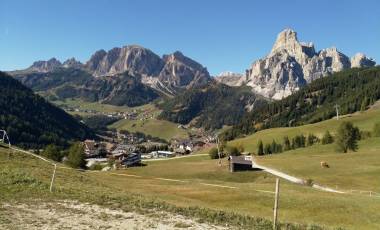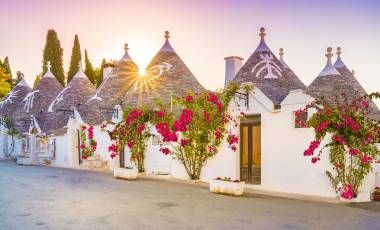Home to some of the world’s greatest works of art like the intricate Sistine Chapel frescos and renowned culinary delights such as velvety cannoli, Italy is also a country steeped in century-old traditions that most Italian families continue to celebrate and cherish to this day. Vania De Paoli, one of our local guides and winner of the Exodus Travels Leader of the Year Awards in 2019, couldn’t agree more – a huge part of her cultural identity is all about embracing her country’s traditions.
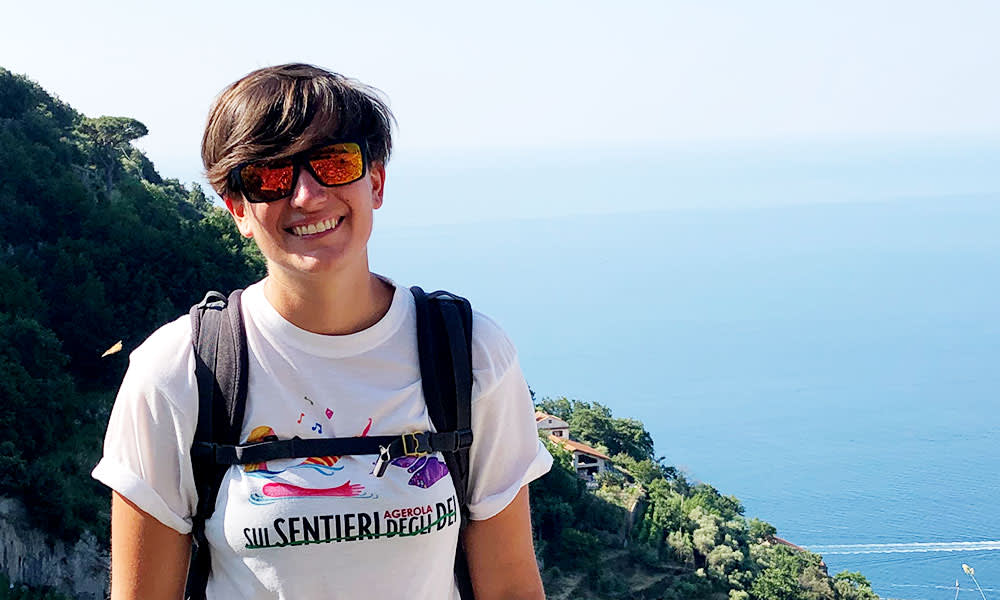
Born and raised in Nervesa della Battaglia, a quaint commune nestled on top of Montello Hill in the Veneto region, Vania explains that her family and her local community continue to come together to celebrate these special milestones throughout the year. We had the opportunity to catch up with Vania to hear about her top 5 favourite Italian traditions. So why not get cosy, grab a steamy cappuccino and read on to delve into the unique cultural traditions from our local leader.
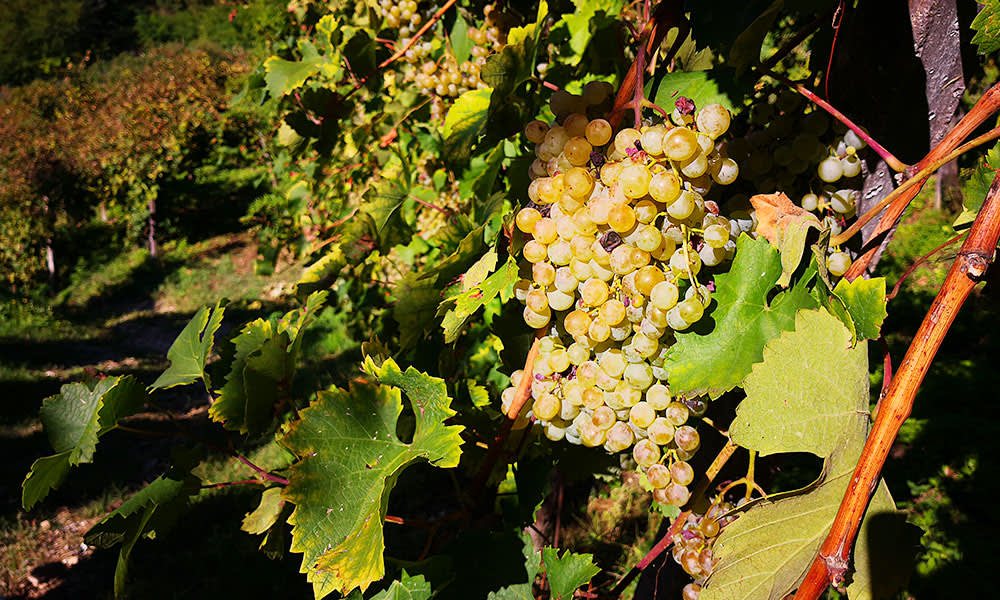
The autumnal Grape Harvest
“I come from the region of Prosecco and other different types of Italian grapes, so I can’t miss the tradition of the annual harvest. It usually happens around the end of August to the end of September, depending of course on the weather and how the different grape crops sweeten. It is the time Italian farmers work towards for the whole year, so you can really feel the excitement during autumn.” Vania explains.
“My grandfather used to own a couple of hectares filled with grapevines and when the time came, all the family gathered together to collect the grapes – everyone got involved! When I was a kid, I was far more interested in eating the fruit than harvesting it, but I still remember how exciting it all was.”
She continues, “In September, the weather is still warm and sunny, so it’s the perfect time to be outside. Today the harvest is still a big deal, the streets get invaded by tractors carrying the grapes to wineries across the region, so the feeling remains the same. It is a special time for me because of the memories I have around this event that connects our community with our land.”
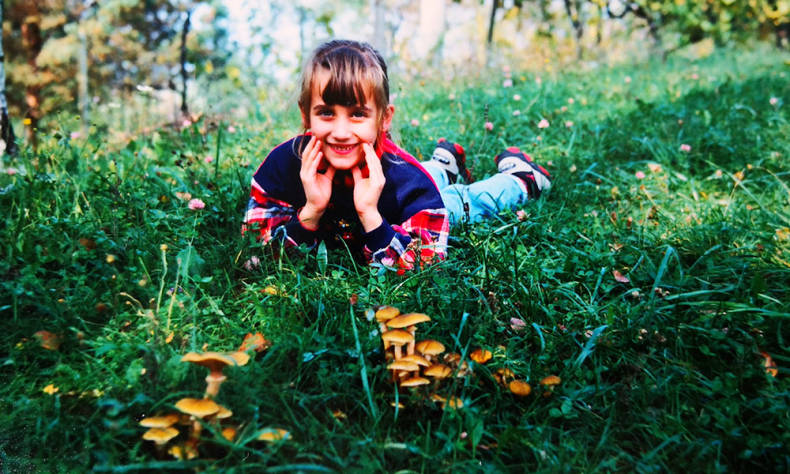
Fungi-picking
Vania explains, “My parents’ house, is situated on a hill called Montello and I’m extremely lucky to grow up in a house that’s in the middle of nature, surrounded by lush woodlands and fields. When I was a kid at home, I was always outside, running around and one of the things I used to do in Autumn, was foraging for mushrooms with my father. But not just any mushroom, it’s what we Italian’s call “Chiodini”, which means “little pins”, because of the shape they have. This type of mushroom grows very easily here, but they are difficult to spot of course because they have the same colour as leaves around them.”
She continues, “I still love foraging for mushrooms, but I don’t have that much time to do it now. It is another big tradition that continues every year in my area though. When the time is right for Chiodini to be picked, it seems like the people in Nervesa della Battaglia don’t do anything else but collect them, (in keeping with the local laws put in place of course)! After collecting them, it takes the whole afternoon to clean them and cook them – they are hard work, but worth the effort when added to a tagliatelle dish for example.”
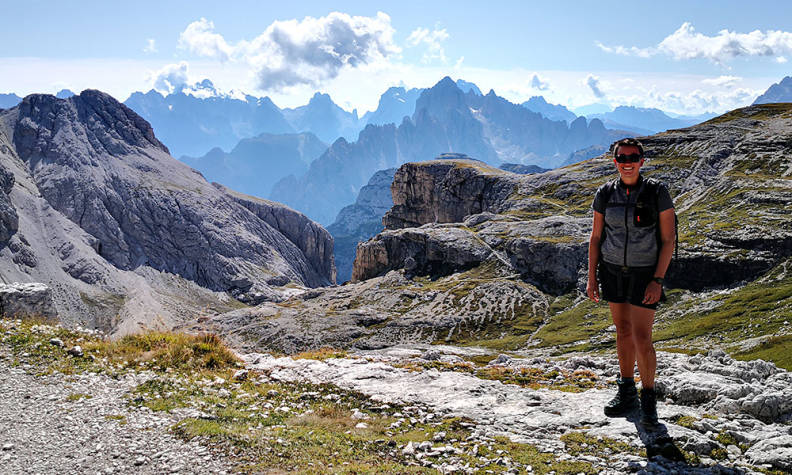
The changing colours of the Dolomites
“This one is not so much a tradition, but more a passion of mine that started when I was around five or six years old,” Vania reminisces. “For about ten years I spent every summer holiday with my parents walking in the Dolomites. My parents love the outdoors and are keen walking and hiking enthusiasts, so I guess that’s where my love for the outdoors comes from – it’s in the DNA. I feel so lucky to have the Dolomites on my doorstep. I think there’s just something about them that makes them so enchanting, especially when you get to catch those moments where the tips of the peaks change into that beautiful dusky pink colour during dawn and sunset.”
She explains, “Even now, when I walk between those rocks without many people around, I feel free and I really feel like I am part of that landscape. Every chance I get, whenever I have the time during summer, that’s where you’ll find me, hiking in the Dolomites. And when I get up there, about 2000 meters above sea level, I just walk and walk, and it feels like home.”

Christmas
“This tradition is not just one of the biggest not for me, but for the whole country,” Vania explains enthusiastically. “It is one of the most magical moments of the year. It all starts on the 8th of December, the day we decorate the Christmas tree, but to be honest we usually put up the decorations before that date.”
She describes, “Everything has to be perfect when you make it, so you have to carefully pick the decorations every year. My partner and I love to make it a different theme every year. The bigger celebrations usually start on the night of the 24th – we love to go out for dinner with friends and give gifts to each other. The following two days are dedicated to family, where we all come together for a huge Italian feast. The menu is set months in advance and there is a lot of effort that goes into planning and preparing to make everything perfect for those days.
She continues, “Usually the Christmas menu has four courses. We try to make it different every year, but it normally includes a couple of mini plates for starters, a pasta dish and a main dish that is usually some sort of meat. On the 26th, we have lunch at our place and of course, it lasts forever. Usually, come evening time, we end up doing a raffle with the whole family. I love Christmas, because it’s the time for family, it’s the time we dedicate to the ones we love.”
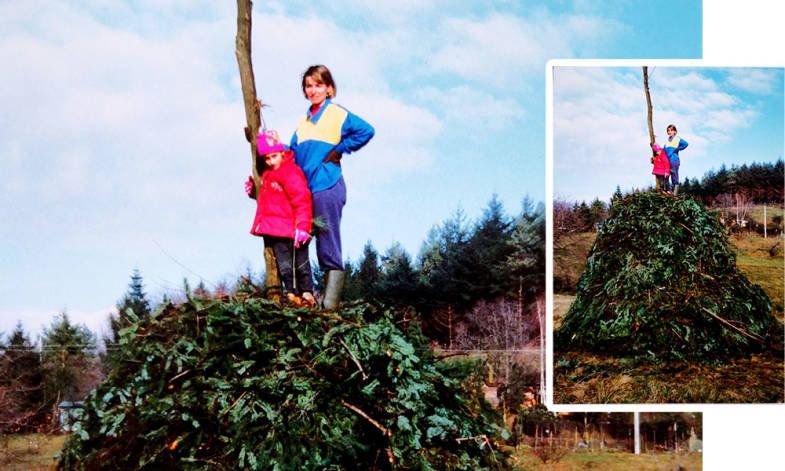
Epifania
“Straight after Christmas, comes Epifania”, Vania explains, “this tradition is celebrated on the 6th of January. It’s a Christian festivity that commemorates the visit of the Magi to Jesus. In Italy, there is another figure that is related to that day: the Befana. Befana, is an old lady that flies on a broom on the night between the 5th and 6th of January who visits children and gives them candies, toys and sweets if they have been good during the year, or coal if they have been bad.”
She continues, “In order to let the Befana know where your house is, families used to start small bonfires to light her way. Even months before the date, people started gathering wood to burn on that night. On the evening of Epifania, whole families still gather around the bonfire and have hot drinks and Pinza – a typical Italian cake made around this time of year. A common myth in my region says that if the sparks spread in the air from the bonfire move towards the west, it will be a year of abundance – we all watch out for the wind turning every year.”
“Some people still light their bonfires at home, but nowadays most people gather around the ones that are made by the municipality, usually close to the main square. Personally, I prefer to go to the main square, it’s a really nice moment for the community to gather together and embrace the new year.”
If you’d like to explore these Italian cultures and customs for yourself with Exodus Travels, you can find more information about our trips here.
